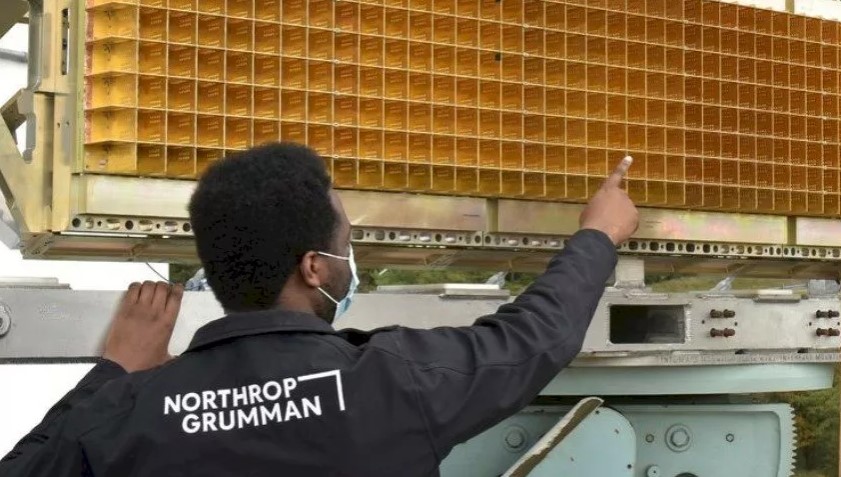
The global defence contractor’s new Terracotta sensor — a fully-digital open mission systems (OMS)-compliant wideband active electronically scanned array (AESA) — has been successfully deployed during a flight test.
The flight aimed to verify Terracotta’s ability to simultaneously perform active and passive radio frequency capabilities.
The sensor’s almost 200 wideband digital channels can be moulded co-operatively or segmented for unique purposes, including the delivery of electronic warfare, airborne early warning radar, active and passive sensing, and communications.
“As a fully-digital multifunction sensor with a wide operating bandwidth, Terracotta can seamlessly provide adaptive spectrum manoeuvrability,” Paul Kalafos, vice president, surveillance and electromagnetic manoeuvre warfare, said.
“The sensor’s architecture is easily scaled and configured for many applications and systems across all domains. It represents a key enabling technology for joint all domain operations.”
Terracotta’s multifunction apertures are designed to consolidate multiple capabilities into a single sensor, decreasing both the number of apertures needed and the size, weight, and power requirements for the capabilities.
The sensor’s OMS compliance can also provide an interface solution based on open architecture design, enabling users to add new or improved capabilities.
Northrop Grumman now plans to integrate a combination of OMS/Open Communication Systems sensors and software-defined radios across multiple platforms, networks and nodes to support multi-domain interoperability.
Last year, Australian Aviation reported how Northrop Grumman started building Australia’s first MQ-4C Triton drone.
The device is a collaboration between the RAAF and the US Navy, and provides around-the-clock maritime wide-area ISR, operating at altitudes exceeding 50,000 feet. It’s designed to operate in conjunction with Australia’s planned fleet of 12 manned P-8A Poseidon maritime patrol and anti-submarine aircraft.
Australia is currently scheduled to receive its first ground control station in 2022 and its first of six to seven Tritons in 2023.
Remotely flying out of RAAF Edinburgh, South Australia, the Tritons are capable of monitoring 5.2 million square kilometres in a 24-hour mission and seamlessly flying a round trip for sustained surveillance and in support of allied freedom of navigation operations in the South China Sea from the Northern Territory.
Air Commodore Terry van Haren, the RAAF’s air attaché to the Australian embassy, said last year the MQ-4C Triton would provide a “very important ISR capability” for Australia.
“It is ideally suited for Australian operating conditions, given its high altitude, long endurance, and impressive sensor suite,” said AIRCDRE van Haren. “The Royal Australian Air Force looks forward to operating the MQ-4C alongside its other ISR and response aircraft such as the P8A Poseidon.”
The nation’s Tritons provide a quantum leap in the nation’s surveillance and reconnaissance capabilities, while the facilities and crew required to operate, train and maintain will be part of the initial $1.4 billion investment, which includes $364 million on new facilities at RAAF Bases Edinburgh and Tindal (in NT).















